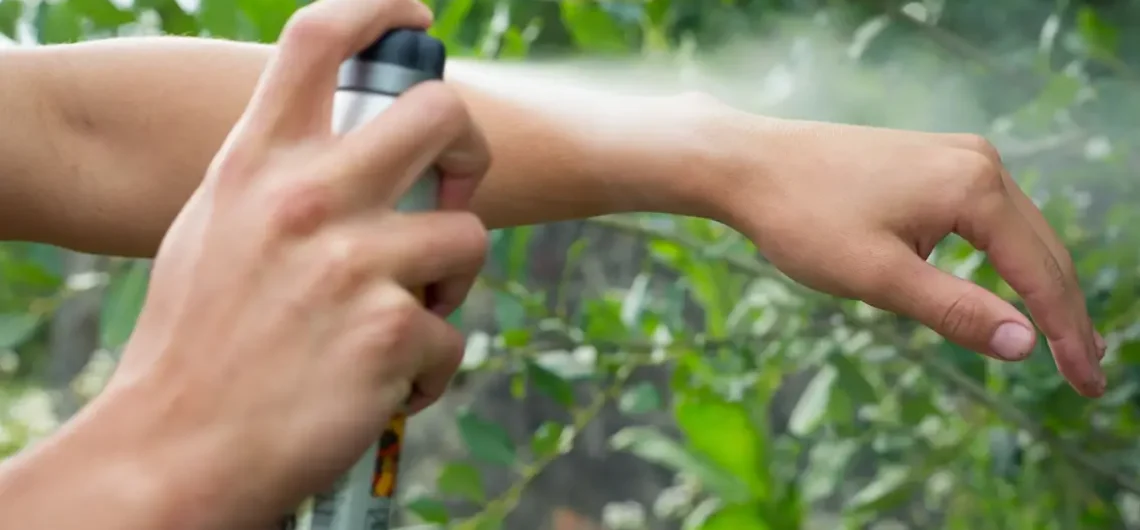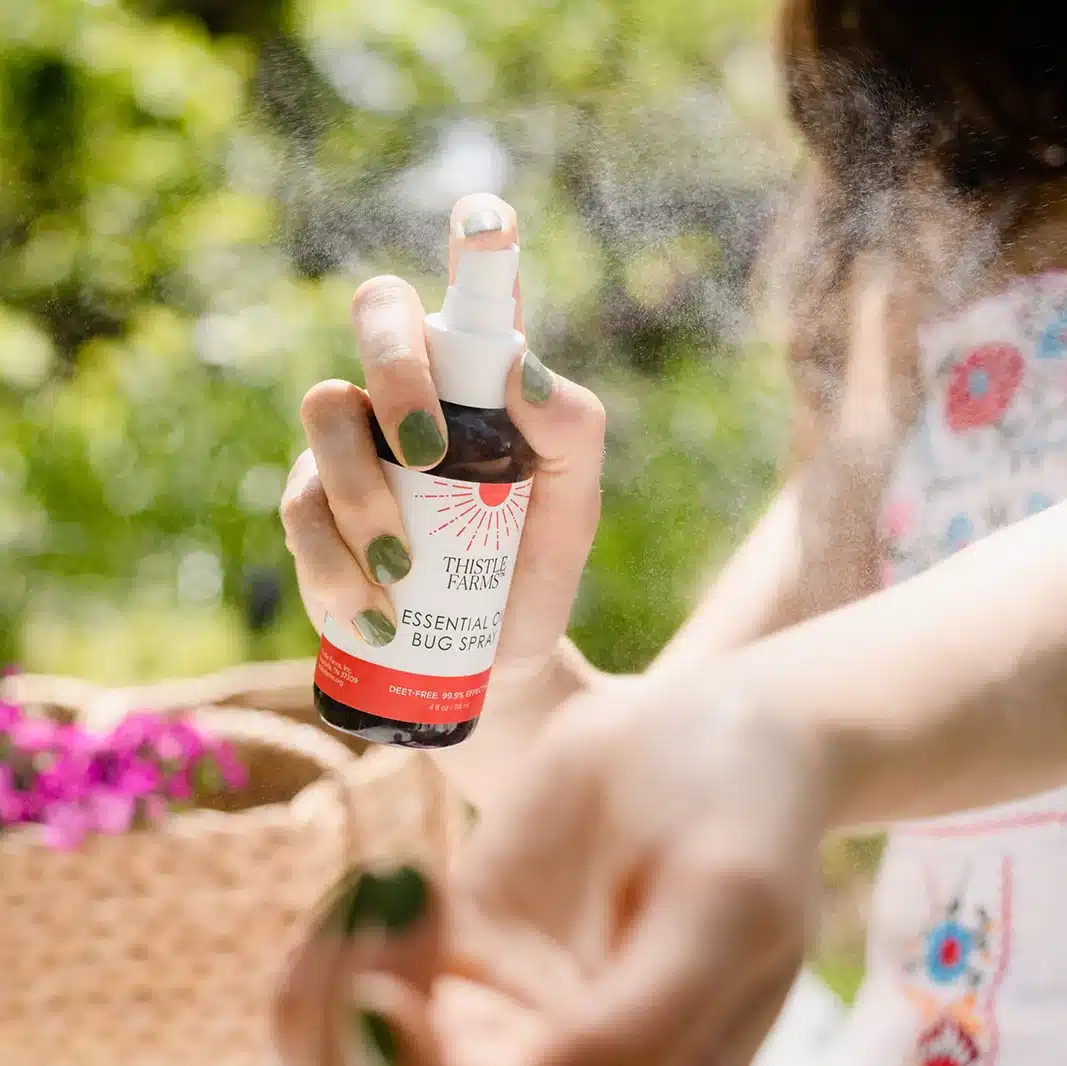Everyone should avoid bug bites, and other annoying insects, not only on Mount Kilimanjaro but everywhere and the other mountains like Mount Meru, Mount Kenya, Rwenzori, Ol Doinyo Lengai and even on safari. As you get ready to travel to Tanzania to ascend Mount Kilimanjaro, you may have heard that malaria and other diseases carried by insects and mosquitoes are something to be concerned about.
Contrary to popular belief, Kilimanjaro does not have a high prevalence of mosquitoes and other biting insects. This is due to the fact that mosquitoes cannot endure extreme cold or high heights.
However, when you’re in Arusha or Moshi, make sure you’re taking precautions both before and after your climb. You will be in any of these towns, before and after your treks.
Make sure you’re taking the necessary precautions to ensure you won’t be bitten by mosquitoes and other insects if you intend to travel throughout Tanzania or go on a safari. Use insect repellent, wear long sleeves and pants, and sleep under a mosquito net to protect yourself from insect bites. It’s also important to be aware of any potential insect-borne diseases in the area and take necessary vaccinations or medications before your trip. By taking these precautions, you can enjoy your time in Tanzania without the annoyance of insect bites or the risk of contracting diseases.
According to the American Mosquito Control Association (AMCA), here are some guidelines to adhere to while using repellents.
- During times when mosquito activity is at its highest, wear long sleeves and pants outside.
- Only lightly apply repellent to skin that is exposed. Repellants should only be applied to flesh beneath garments when mosquitoes are able to pass through them.
- Repellants should not be ingested, inhaled, or accidentally got in the eyes.
- Repellants should not be applied to parts of a child’s hands that are likely to come into contact with their eyes or mouth. High-strength products (greater than 50% DEET) should also not be applied topically.
- Repellants should be used sparingly by women who are pregnant or nursing.
- Repellants should never be used to bruised skin, cuts or inflamed skin.
- Repellent should be used sparingly, covering all exposed skin. A mosquito can locate an exposed area as small as a dime. Efficacy does not increase with saturation. The amount of active ingredient in a repellent formulation determines how long it will protect. A repellent with 10% DEET will usually last for about 90 minutes. 5 to 6 hours will pass with a 30% product.
- Skin treated with repellant should be cleaned once indoors.
- Should an apparent insect-repellent reaction arise, cleanse the affected area and contact a medical professional. Retain the repellant container so you can accurately identify the product you are using to the doctor. When the repellant gets in the eyes, stinging is the most frequently reported effect. Should this happen, quickly rinse your eyes with cool water. Rarely do skin reactions occur, and they go away fast after the product is cleaned off. The product’s active ingredient concentration has no bearing on these reactions.
Are There Bugs and Mosquitos on Kilimanjaro?
Typically, insects are restricted to the mountain’s lower elevations. Above 6,000 feet, mosquitoes cannot thrive.
The majority of climbers bring mosquito repellent to use on the first day or two. When exploring Tanzania and not on the mountain, you will also need to wear mosquito repellent.
Staying Healthy on Kilimanjaro and Tanzania
A common fear among visitors is the possibility of catching diseases such as malaria. If treatment for malaria is delayed, it might become a dangerous illness, thus you should take all necessary precautions, such as:
- Applying repellant or a bug spray with DEET
- Make sure you sleep inside a mosquito net at the hotel before and, or after the climb
- Treating your clothes with insect-repellant
- Trying your best to cover most of your body by wearing long sleeves, trousers, and socks
- Staying indoors in the evenings and at night as this is when mosquitos are most active
- Closing all windows and doors as the sun goes down
You can discuss taking antimalarial medications with your doctor as well. Make sure they are aware of your intention to climb Kilimanjaro, though, so they can prescribe you a drug that is less likely to cause adverse effects at high altitudes.
Make sure you visit a doctor as soon as possible if you experience any symptoms of malaria or other illnesses spread by mosquitoes.
Some symptoms of malaria include:
- Aches and joint pains
- Abdominal pain
- High fever and sweating
- Diarrhea
- General malaise
Our Kilimanjaro guides are all certified Wilderness First Responders with extensive training. They will therefore assist you in getting the care you require if you should become ill while on the mountain.
Do I Need to Wear Bug Spray in Tanzania?
Because Tsetse flies, which are frequent in Tanzania’s national parks during safaris, and mosquitoes can bite, many visitors opt to apply bug repellent with DEET in it.
In order to prevent insects from getting into their personal items, some people also decide to treat their clothing and climbing gear.
While touring Tanzania, wearing bug repellent might help keep you healthy and prevent infections.
Since mosquitoes are most active in the evening and early morning, bug spray is most frequently worn during these times.
What Illnesses Can Bug Spray Prevent?
Some individuals don’t realize how effective bug repellent may be in warding off infections.
Bug repellent can protect against African trypanosomiasis and malaria in Tanzania.
It will also protect you from mosquito-borne illnesses like Dengue Fever, Chikungunya, and Yellow Fever if you’re going to other nations.
Bringing Your Bug Spray to Tanzania
Large pharmacies in Tanzania have bug spray that contains DEET, but because it’s imported, the price is frequently higher. It is advised that you purchase it in your nation of origin and include it in your checked luggage.
Contact us right now if you have any queries about malaria or staying healthy while climbing Kilimanjaro!
For all other repellents, N,N-diethyl-3-methylbenzamide (DEET) is still the best standard. The United States Department of Agriculture created DEET, which was approved for public use in 1957. It works well against ticks, fleas, chiggers, mosquitoes, and biting insects. Although the recent additions of picaridin and oil of lemon eucalyptus are remarkably close in effectiveness to DEET, decades of empirical testing of over 20,000 other compounds has not produced other repellent products with the duration of protection and broad-spectrum effectiveness of DEET. According to the American Academy of Pediatrics, family members who are older than two months old can confidently use repellents containing up to 30% DEET.
- Malaria: Why some people get bitten by mosquitoes more than others?
- Avoiding malaria and diarrhoea on your trek
![]()


